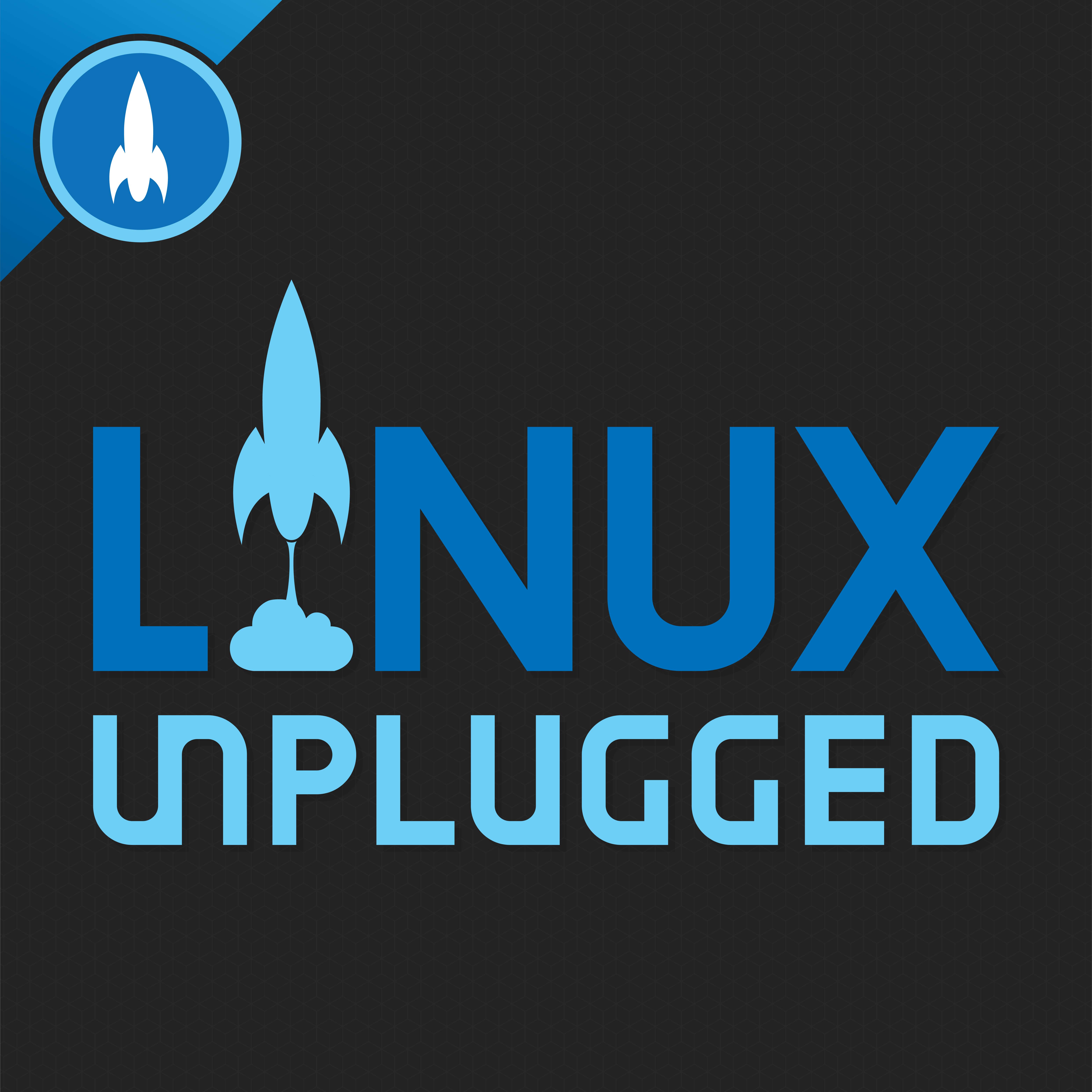Home 
481: Just a Prompt Away


481: Just a Prompt Away
2022/10/24

LINUX Unplugged
Frequently requested episodes will be transcribed first
Shownotes Transcript
The Internet is going crazy with AI-generated media. What's the open-source story, and is Linux being left out?
Plus, we try out the new Ubuntu release on the ODROID H3+.
Sponsored By:
- Tailscale): Tailscale is a programmable networking software that is private and secure by default - get it free on up to 100 devices!)
- Linode Cloud Hosting): A special offer for all Linux Unplugged Podcast listeners and new Linode customers, visit linode.com/unplugged, and receive $100 towards your new account. )
- Bitwarden): Bitwarden is the easiest way for businesses and individuals to store, share, and sync sensitive data.)
Links:
- KDE neon on Twitter: "KDE neon Rebased on Jammy…)
- Ubuntu 22.10 - Kinetic Kudu) — Ubuntu Desktop 22.10 users will benefit from the refinements in GNOME 43, including GTK4 theming for improved performance and consistency. Quick Settings now provide faster access to commonly used options such as wifi, bluetooth, dark mode and power settings.
- ODROID-H3+) — Intel® Quad-Core Jasper Lake N6005, Up to 64GB Dual-channel Memory DDR4, PCIe 3.0 x 4 lanes, 2 x 2.5Gbit Ethernet ports, 2 x SATA 3.0 ports, and more!
- AI is taking over the iconic voice of Darth Vader, with the blessing of James Earl Jones | TechCrunch)
- Why the Future of Open Source AI is So Much Bigger Than Stable Diffusion 1.5 and Why It Matters to You) — In the absence of news from us, rumors started swirling about why we didn't release the next version yet. Some folks in the community worry that Stability AI has gone closed source and that we'll never release a model again. It's simply not true. We are committed to open source at our very core.
- Would you pay $10 to create AI chatbot of dead loved one?)
- Setup for stable-diffusion-webui-docker)
- AUTOMATIC1111's Stable Diffusion Webui) — A browser interface based on Gradio library for Stable Diffusion.
- Stable Diffusion CPU)
- Get Started with Linode GPU)
- Guides - Installing the NVIDIA CUDA Toolkit)
- CUDA Toolkit 11.8 Downloads)
- NVIDIA Container Toolkit) — The NVIDIA Container Toolkit allows users to build and run GPU accelerated containers. The toolkit includes a container runtime library and utilities to automatically configure containers to leverage NVIDIA GPUs.
- LURE (Linux User REpository)) — LURE is intended to bring the AUR to all distros. It is currently in an alpha state and may not be stable. It can download a repository, build packages in it using a bash script similar to PKGBUILD, and then install them using your system package manager.